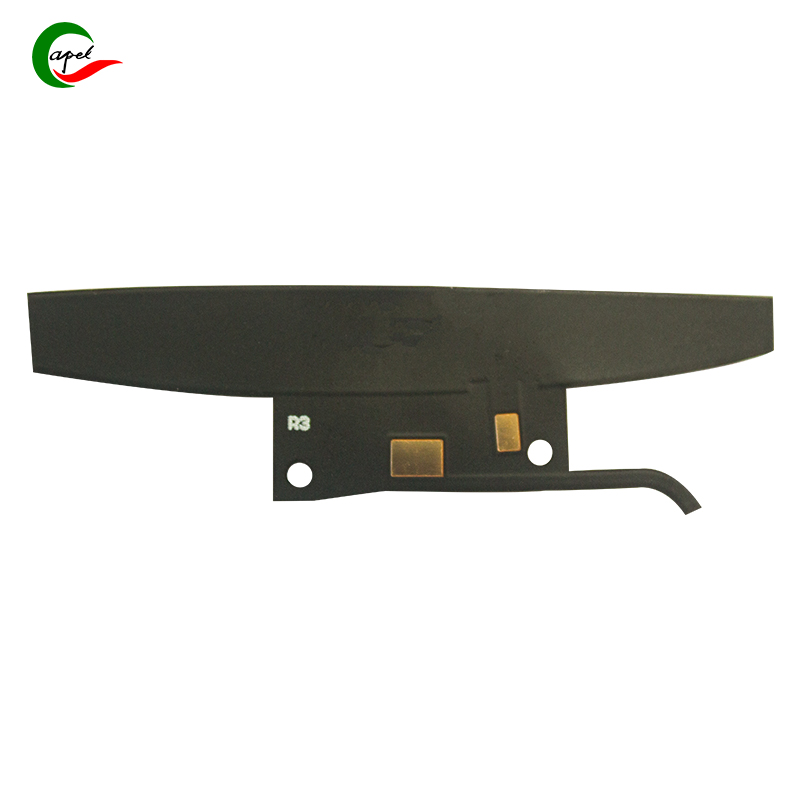Date: 2025-10-23
If you've ever been called to replace a failed outdoor sensor or security camera, you've likely seen how harsh environments destroy traditional electronics. I remember inspecting a solar monitoring system in Arizona - the rigid PCBs had cracked from thermal stress, and UV damage had turned the solder masks brittle. That experience taught us that standard circuit boards simply can't handle outdoor conditions long-term.
The Thermal Cycling Problem
Outdoor temperatures don't just change daily - they can swing dramatically in hours. We've measured temperature changes of 40°C within six hours on equipment enclosures. Traditional FR-4 boards can't handle this thermal punishment. The different expansion rates of copper and substrate create stresses that eventually crack solder joints and break traces.
Moisture: The Silent Killer
Water finds its way everywhere. I've seen condensation form inside supposedly sealed enclosures, leading to corrosion that starts at the microscopic level. In coastal areas, salt spray accelerates this process dramatically. One project in Florida showed 80% failure rates for standard PCBs within 18 months due to corrosion.
UV Degradation Reality
Sunlight doesn't just fade colors - it breaks down polymer chains. We conducted accelerated aging tests that showed standard PCB materials becoming brittle and losing mechanical strength after equivalent to just two years of outdoor exposure.
Superior Thermal Performance
The thin, flexible nature of these circuits handles thermal expansion much better than rigid boards. We've deployed flexible PCBs in applications ranging from desert solar farms to arctic monitoring stations. The key is the material's ability to flex with temperature changes rather than fighting them.
Built-in Moisture Resistance
Quality flexible PCBs with proper coatings achieve remarkable water resistance. We recently tested a design that survived 30-day humidity chamber testing followed by thermal shock cycling - conditions that would destroy most rigid boards in days.
UV Resistance That Works
Through material science advances, we now have substrates that maintain flexibility and strength even after years of UV exposure. The difference from standard materials is dramatic - we're seeing 5-10 year lifespans in direct sun applications.
Material Selection Matters
Not all flexible PCBs are created equal for outdoor use. We specify:
UV-stabilized polyimide with proper inhibitors
Plated copper traces for corrosion resistance
Specialized conformal coatings matched to the environment
Design for the Environment
The board layout must consider environmental factors:
Rounded corners reduce stress concentrations
Proper spacing prevents moisture bridging
Strategic stiffeners protect critical components
Manufacturing for Reliability
Outdoor applications demand exceptional quality control:
Complete coating coverage verification
Thermal cycle testing before deployment
Mechanical stress testing
Solar Industry Success
We helped a solar monitoring company reduce field failures by 70% by switching to flexible PCBs. The ability to handle temperature extremes and UV exposure transformed their product reliability.
Agricultural Monitoring
Soil sensors using flexible PCBs now last through multiple growing seasons where rigid boards failed in months. The key was handling both moisture and chemical exposure from fertilizers.
Urban Infrastructure
Smart city sensors face vibration, pollution, and weather challenges. Flexible PCBs in these applications show 3x the lifespan of conventional designs.
Underestimating Environmental Stress
Many designers don't test for real-world conditions. We've learned to test beyond specifications - including combined environmental factors that occur in actual use.
Cost vs. Performance Tradeoffs
Choosing cheaper materials often costs more long-term. The incremental cost of weather-resistant materials pays back quickly through reduced field failures and maintenance.
Flexible PCBs have proven themselves as reliable solutions for outdoor electronics. The combination of thermal stability, moisture resistance, and UV protection enables products that survive where traditional designs fail.
For engineering teams designing outdoor equipment, investing in proper flexible PCB design and materials isn't an expense - it's insurance against field failures and reputation damage. The technology has matured to the point where there's no longer a good reason to use rigid boards in harsh outdoor environments.
related link:
Kaboer manufacturing PCBs since 2009. Professional technology and high-precision Printed Circuit Boards involved in Medical, IOT, UAV, Aviation, Automotive, Aerospace, Industrial Control, Artificial Intelligence, Consumer Electronics etc..